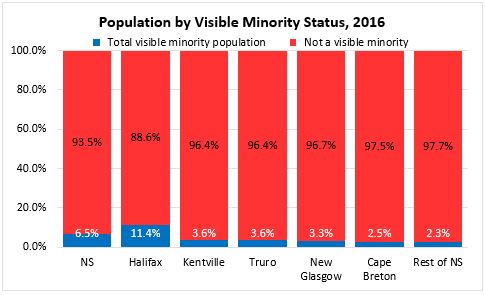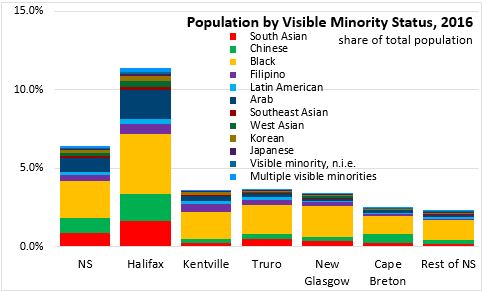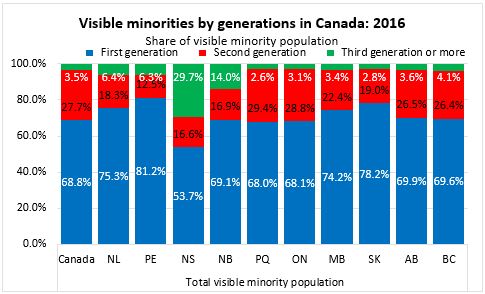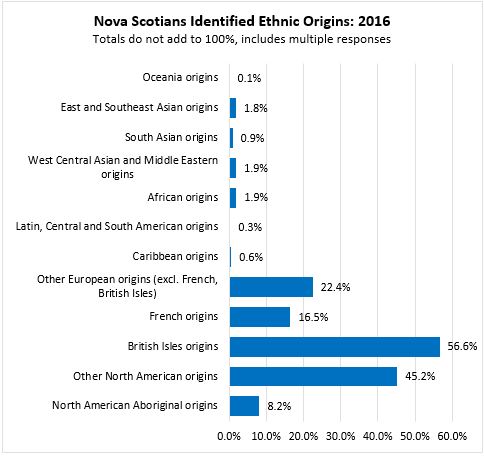The Economics and Statistics Division maintains archives of previous publications for accountability purposes, but makes no updates to keep these documents current with the latest data revisions from Statistics Canada. As a result, information in older documents may not be accurate. Please exercise caution when referring to older documents. For the latest information and historical data, please contact the individual listed to the right.
<--- Return to Archive
For additional information relating to this article, please contact:
October 25, 20172016 CENSUS: ETHNOCULTURAL DIVERSITY Statistics Canada today released data on ethnocultural diversity from the 2016 Census of Population.
This data reports on the population that identifies as a visible minority as categorized by the Census definitions (taken from the Employment Equity Act). The visible minority population is made up of a number of groups, which themselves are diversified in many respects. This data does not include Aboriginal persons, about whom there are separate results in the Census.
Today's also reports on all Canadians' identification of ethnic origin, which includes specific categories as well as self-reported origins.
Across Canada, 22.3 per cent of the population identifies with one or more visible minority communities. This portion is lower in Saskatchewan, Manitoba, Quebec and Atlantic Canada. Nova Scotia's visible minorities make up 6.5 per cent of the population or 58,605.

Across Nova Scotia, the population identifying as visible minority is concentrated in Halifax (45,290), amounting to 11.4 per cent of the city's population. Visible minorities make up a comparatively smaller portion of the population in other communities around the province (13,360).

In Canada, the largest specific groups of visible minorities identify as South Asian (1.92 million), Chinese (1.58 million), Black (1.20 million), Filipino (0.78 million) and Arab (0.52 million). In Nova Scotia, the largest visible minority groups identify as Black (21,915), Chinese (8,640), Arab (8,110) and South Asian (7,905).

Larger communities of visible minorities are concentrated in Halifax. Outside Halifax, the population of visible minorities primarily identifies as Black with relatively fewer people among other visible minority populations.

Canada' population of visible minorities are known to be strongly related to the community of immigrants. Across the country, the visible minority population consists largely of those who are first or second generation Canadians. However, in Nova Scotia, a much higher portion of the visible minority population has been in Canada for three or more generations. This is largely accounted for by the population identifying as Black in Nova Scotia.


Among the population as whole, there are a range of ethnic origins (over 200 identified). The 2016 Census asked Canadians to identify all ethnic origins they felt applied to them. Respondents could identify more than one ethnic origin and could identify any category of origin (rather than conforming to a prescribed list). For Nova Scotia, the results show the highest share of the population identifies with origins in the British Isles (Scotland, England and Ireland are the most common) as well as other North American origins (including 'Canadian'). These are followed by French and other European origins as well as North American Indian origins (First Nations as well as Metis).

For more information, see Statistics Canada's article and associated data on the Census page.
<--- Return to Archive